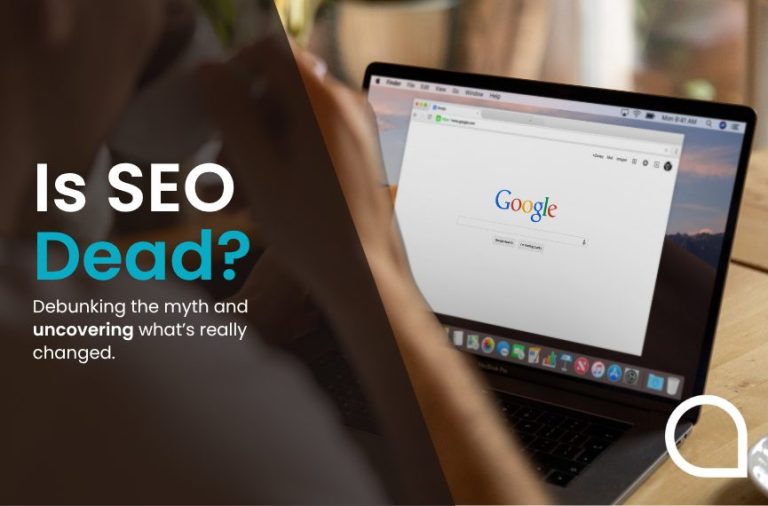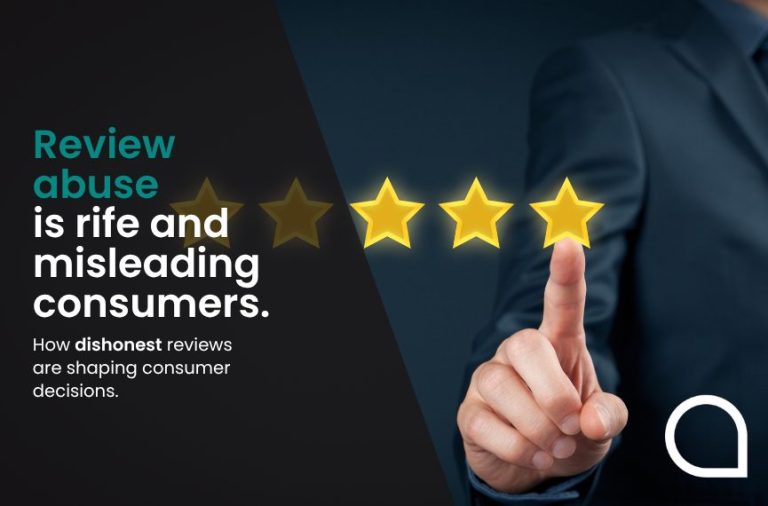 Link building is dynamic and ever-changing, but it is still an integral part of any form of digital marketing, and should be one of your SEO priorities.
Link building is dynamic and ever-changing, but it is still an integral part of any form of digital marketing, and should be one of your SEO priorities.
What started as a simple ‘who shouts the loudest wins’ with very few rules has slowly been becoming a super-strict game – with the rules strictly enforced by the mighty Google.
It may be all well and good finding ‘quick wins’, but the ugly truth is most of the time these are short-lived, short-term and ineffective solutions, and although Google is just a machine, it’s unlikely you’re going to ‘fool the system’ for too long.
We’ve said it time and time again and we stick by it, the best practice for SEO should always be do it right the first time.
That being said, what exactly is ‘right’ and ‘wrong’ when it comes to link building? This is something that seems to change on a regular basis, and we spend a fair bit of time keeping up with the rules as Google churns them out.
But for now, there are a few rules you should always abide by when it comes to link building, as dictated by Moz.
One of the first rules they touch on is something we’ve been preaching for a while now – which is beware your anchor text.
When it comes to websites being penalised for their backlinks the common factor often seems to be the anchor te xt, and you should be particularly aware when you control the anchor text. Google knows when you control the anchor text and that is exactly what they are looking for, and self-controlled links with over-optimised anchor text are subject to devaluation and penalisation.
xt, and you should be particularly aware when you control the anchor text. Google knows when you control the anchor text and that is exactly what they are looking for, and self-controlled links with over-optimised anchor text are subject to devaluation and penalisation.
With regards to this, you should be even more cautious with links that scale, such as widget links, author bio boxes, etc. Combining these two elements leads to a bulk amount of poor links that are even more prone to devaluation and penalisation.
You should never ask for anchor text, whenever you do this, regardless if you try to diversify the way you do it, you create over-optimisation and a predictable pattern, which more often than not will lead to a lot of red flags being raised.
Letting people link to your site however they choose, whether it’s how you want it or not creates a much more natural link profile, which is ultimately what you are looking for.
And one of the final “avoid” rules from Moz is avoid site-wide links, which again is something we have been preaching to our clients for years. The only obvious exception would be site navigation, but besides this site-wide links of any kind, particularly site-wide anchor text footer links should be avoided at all costs.
The key point out of all this, despite the ever-changing rules and dynamics behind it all, is to keep link building.
Google is continually changing its algorithm and rolling out new updates and rules, but this doesn’t mean you should ever give up on link building. Link building has always and we suspect will always be an integral part of search engine optimisation.
Read more about the dos and don’ts of link building or watch the video over at Moz: http://moz.com/blog/the-rules-of-link-building-whiteboard-friday





